Should I say thank you to Churchill for the super battleships?
This material will be devoted not so much to battleships as to their guns. Indeed, studying the actions of cruisers, these eternal companions and opponents of battleships, one involuntarily begins to think about the question: why is this all?
The era of battleships... Huge super-dreadnoughts, armed with no less huge guns capable of smashing a destroyer-type ship to pieces.
When the era of battleships ended, all lovers of the marine theme know. It ended on April 7, 1945, when a plume of smoke rose into the sky to a height of about 6 km, marking the end of the Yamato, a Japanese super battleship armed with nine 460 mm caliber guns.
The most interesting in stories "Yamato" is that he didn't fight his classmates. The superlinkor generally took part in one battle, in the Sibuyan Sea, and did not prove itself in any way. And the last trip of the Yamato became an extreme point for the deck aviation, which destroyed the superlinkor at the cost of losing 5 aircraft.
After that, not a single country in the world came up with the idea of building battleships and dreadnoughts with the prefixes "over" and "super".
And, probably, a smaller number of readers know the date of the beginning of the era of dreadnought battleships. She, the date, is highly controversial. For the starting point, you can take the laying or launching of the first Queen Elizabeth superdreadnought, for example. But I would prefer another date: October 23, 1911. It was on this day that British Prime Minister Herbert Henry Asquith replaced the First Lord of the Admiralty (analogous to the Secretary of the Navy) Reginald McKenna to Winston Churchill.
It was Churchill who came up with the idea of increasing the main caliber of battleships to 381 mm. Sir Winston was well aware that the German guns had certain advantages over the British and therefore considered it necessary to compensate for this lag with an increase in caliber and range.
And yes, through the efforts of Churchill, the first British (and the first in the world) superdreadnought "Queen Elizabeth" was laid down, a ship of a huge displacement (33 tons) for those times and a very decent speed (000 knots).
But the main difference from the ships of that time was the artillery of the main caliber. The Queen Elizabeth carried eight 381 mm guns in four turrets. These barrels threw projectiles at a distance of up to 21 km with simply excellent accuracy.
The idea of installing large-caliber guns on ships infected the entire maritime world. Already no one in the shipbuilding powers wanted to build battleships with a main caliber of 305 mm. It was old and out of date.
All countries in the world (who could afford this) wanted something like the Queen Elizabeth, a ship capable of inflicting fatal damage on any battleship or dreadnought due to its guns or, with a clear advantage of the enemy, use its speed in order to calmly get away from pursuit.
The British entered World War I with five Queen Elizabeth-class battleships, and five more battleships of the next Rivege class were built while the war was in full swing.
The eternal rivals of the British, the Germans, also did not sit idly by. They built a series of Baden-class battleships, their own superdreadnoughts of somewhat smaller displacement (32 tons) and speed (000 knots), also armed with eight 22-mm guns.
The German guns fired further than the British, at 37 km.
This race gave birth to another strange class of artillery ships - battlecruisers. Armed with the "battleship" caliber of 305-mm, British ships of the "Invisible" type had greater speed. In response, the Germans built their battlecruiser Von Der Tann, armed with 281 mm guns, but heavily armored. The quintessence of the class was the German Derflinger, the best representative of this class of ships.
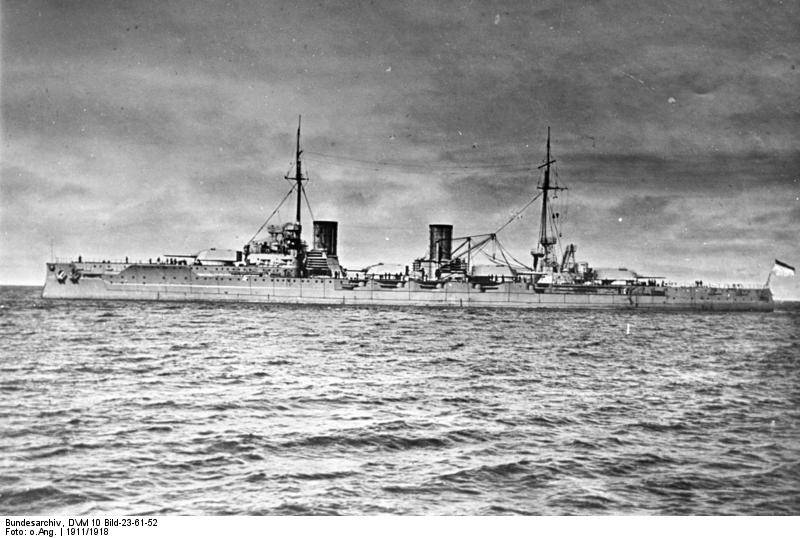
But the battlecruisers did not survive the First World War and remained only in the British navy.
On the wave of battleship mania, the British came up with the idea of another class of ships. They were called very funny: "big light cruisers." A sort of "fat-free" battlecruisers: the size of a battlecruiser, fast, practically unarmored and with powerful artillery.
Three such ships were built. The names of those who know will cause smiles. These are Furies, Korejges and Glories.
Those who do not fully know will now say: what does aircraft carriers have to do with it? Yes, despite the fact that these ships became aircraft carriers after the First World War, and they got into service precisely as “large light cruisers”. The Korages and Glories were armed with four 381mm guns in two turrets, while the Furies, even worse, were armed with two 457mm guns and four 140mm guns.
At the same time, almost without armor, when compared with the ships of the senior classes. Considering that the two single-gun turrets of the Furies could fire once a minute each, the broadside was small. And if we talk about the fight on the retreat or vice versa, catching up with someone, given the need for shooting, everything generally looked sad.
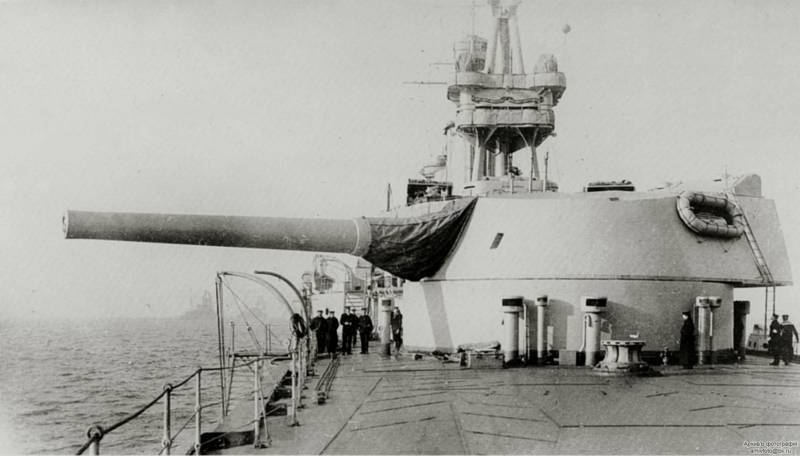
Furies Tower
The conversion to aircraft carriers turned out to be very logical. A large caliber of guns did not always make sense if there were few trunks. Moreover, the class of monitors already existed, but the monitors were much more heavily armored.
The third in the caliber race were the Americans. Starting new projects almost in parallel with the British, the Americans chose a slightly different path for the development of ships.
In 1911, almost simultaneously with their colleagues, the Americans laid down, and already in 1914 put into operation the Texas and New York, battleships of a new generation. The displacement of the ships was 28 tons, the speed was 400 knots, and the armament consisted of 21 10-mm guns in five turrets and 356 21-mm guns.
The idea of a superdreadnought, bristling with trunks, was to the taste in the USA, and then battleships of the Nevada type followed, also armed with 10 356-mm guns, but in four towers.
By the way, the Americans were the first to start using three-gun turrets. The Nevada had two three-gun turrets and two two-gun turrets.
From here to four towers with three guns each was one step, and the Americans made it by 1916, on battleships of the "Pennsylvania" class.
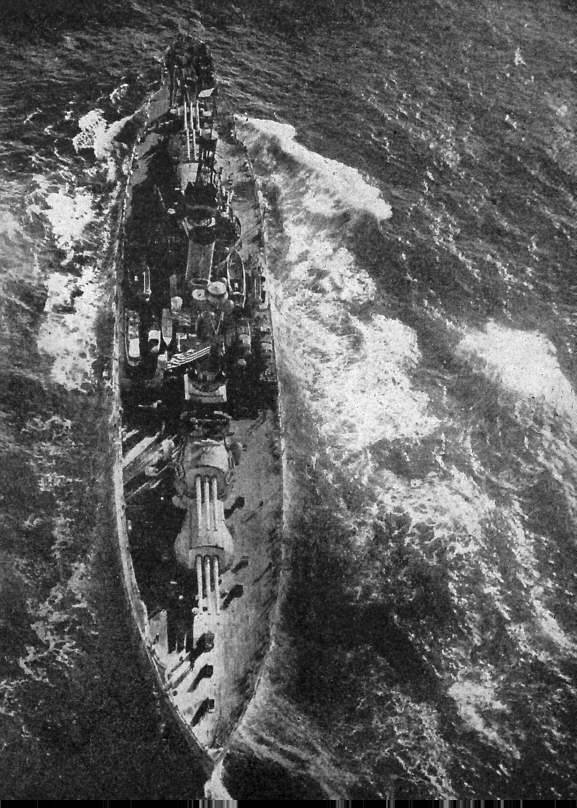
The armament of these ships consisted of 12 356-mm guns.
And such battleships, having got a taste, the Americans made seven pieces.
The French, who found themselves in the role of catch-up, created their superdreadnoughts of the Brittany class.
These were ships with a displacement somewhat smaller than their classmates, about 25 tons. Travel speed is about 000 knots. The armament consisted of 20 10-mm guns in five turrets and 340 22-mm guns.
The Italians, who had even worse money than the French, responded by building two battleships of the Andrea Doria class.
The displacement of these ships was 22 tons, the speed was 900 knots, and the armament initially consisted of 21 13-mm guns, which were replaced with 305-mm guns during modernization. In general, 320 mm were obtained by boring 320 mm barrels, so in fact - a way out for the poor.
Japan also acquired its own superdreadnoughts. On the basis of the battle cruiser Congo, developed by the British, two battleships of the Fuso class were completed in 1916.
Displacement 34 tons, speed 700 knots, armament consisted of 24,7 British-made 12-mm guns and 356 14-mm guns.
By the end of the First World War, the class of superdreadnoughts was finally formed. In fact, all the world's maritime powers had superdreadnoughts in their composition, and more precisely, those countries that had such ships in the fleet were maritime powers.
Things went so that it was necessary to introduce restrictions. Immediately after the end of the First World War and the division, the winners, Great Britain and the United States, it was proposed to everyone else to limit the number of battleships in the fleets.
In February 1922, as part of the Treaty on the Limitation of Naval Armaments, the five leading maritime powers, Great Britain, the United States, France, Japan and Italy, signed up to observe the following proportions in the size of battle fleets:
USA: England: Japan: France: Italy - 5:5:3:1,75:1,75.
The total tonnage of battleships of the participating countries, which could be subject to replacement (due to loss or obsolescence of ships), should not exceed: for the USA and England - 525 tons, for Japan - 000 tons, for France and Italy - 315 tons each .
In addition to observing the size of the tonnage, the parties also pledged not to build themselves and not to order third parties (I wonder where they would get them) battleships with a displacement of more than 35 tons and not to arm them with guns larger than 000 mm.
Great Britain suffered the most from the treaty, which usually preached the principle of having as many ships as the combined fleet of the other two naval powers has.
Germany was not included in this treaty. It is quite natural, since the Versailles Treaty was a priority for the Germans, according to which Germany practically could not have a fleet at all. Therefore, as soon as Hitler gave a damn about the Treaty of Versailles, Bismarck and Tirpitz were built, which were completely not provided for by the agreements.
Patriotically, a few words can be said about Russia.
Russia was also not included in the agreements, therefore, theoretically, it could do what it wanted. However, “willing” and “being able” are completely different things. Therefore, Russia did not get into the race of superdreadnoughts. It did not qualify because the newest Russian ships of the Sevastopol and Empress Maria types were armed with 305-mm guns, which was the height of the capabilities for the domestic military industry. But these ships were really inferior to ships with 356-mm and 381-mm artillery.
Therefore, the Naval Ministry decided to increase the caliber of the guns, and then (why not?) And lay down new ships with larger caliber artillery. And on December 19, 1913, four battlecruisers of the Borodino type were laid down with a total displacement of 36 tons, armed with 646 guns of 12-mm caliber each.
But the revolution of 1917 made its changes and Soviet Russia could not complete the construction of battlecruisers. The 406-mm gun, copied from the product of the British company Vickers, also remained in the project.
Meanwhile, in Japan, not entirely friendly to Russia, in 1917 the Nagato battleship, armed with eight 410-mm guns, went into operation ...
In general, everyone who could only set up expensive and beautiful toys. Naturally, in the interval between the First and Second World Wars, everyone was quietly building superships.
The States built the North Carolinas and South Dakotas with nine 406-mm guns, the Germans Bismarck and Tirpitz with eight 381-mm guns, the British Duke of York with ten 356-mm guns, the French built the Richelieu " with eight 381-mm guns, the Italians - "Littorio" with nine 381-mm guns.
The Japanese outdid everyone by building the Yamato and Musashi with nine 460-mm guns each.
What's the point? And it turned out to be a little.
Let's take a little history. And according to history, super-battleships and super-dreadnoughts did not have much to fight.
During the First World War, a single Battle of Jutland took place, in which the British took part in four ships of the Queen Elizabeth class. The German superdreadnought "Bayern" did not have time to start the battle, and the German fleet made do with old battleships.
But the German 305-mm shells flew and hit more accurately and heavier than the British 381-mm ones. Therefore, the losses were not in favor of the British. The British Navy lost 14 ships with a total tonnage of 111 tons and 000 sailors and officers killed against 6784 German ships with a total displacement of 11 tons and 62 personnel.
The debut of the superdreadnoughts was not "super".
In the Second World War, and in general, the caliber of artillery ceased to play any significant role. Of course, a projectile weighing more than 500 kg was very impressive. On paper or exercises. An aircraft carrying the same weight of bombs or a torpedo flew further and threw more accurately.
Therefore, it is not surprising that the main number of battleships and battle cruisers was lost as a result of aviation attacks, but not in any way by super-battleship shells.
There are exceptions, but they are just exceptions. The Bismarck, which sank the Hood and the Duke of York in an artillery battle, which sank the Scharnhorst. All other capital ships were lost as a result of air or submarine action. Even the sinking of the Bismarck without a torpedo that jammed the rudders seems very doubtful.
Moreover, battleships turned out to be very expensive toys, and many countries simply tried not to use them for their intended purpose. This also applies to the Tirpitz, which did not participate in any battle, and Japanese battleships. And still, fate overtook these super-expensive toys.
And "Yamato" and "Musashi" - and in general were used once: in the battle near the island of Samar, where their shells weighing almost one and a half tons did not bring absolutely any effect.
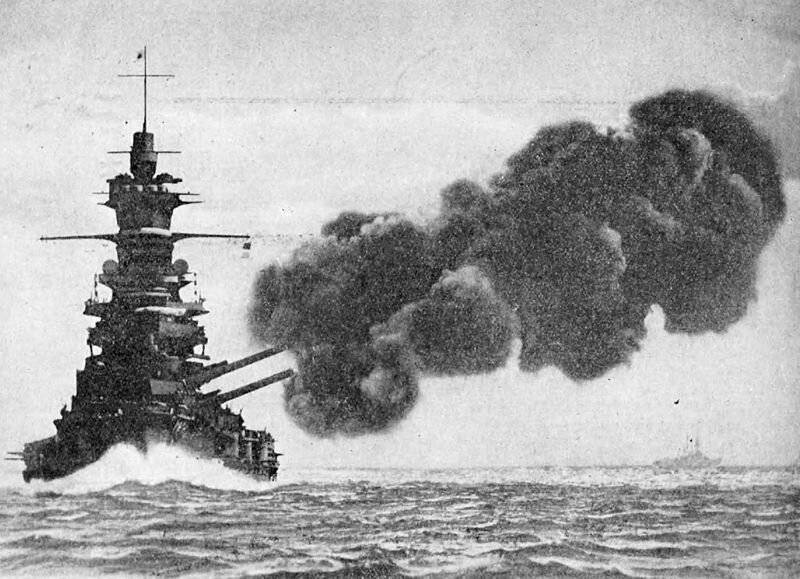
As a result, we can say that Sir Winstron Churchill revived the activities of the leading countries of the world there in terms of creating new artillery systems, which gave rise to the emergence of new ships. The only thing that the British Minister of Marine and the future Prime Minister did not take into account was the growing power of aviation.
However, this is already such a hackneyed topic ...
The appearance of super-caliber guns 356, 381, 406 and 460 mm and, accordingly, new ships, did not bring anything new to the tactics of naval combat. The only pleasant bonus was the appearance of radars, according to which the ships could fire at night, in fog, and in rain.
But, as the practice of using artillery ships of the linear class showed, World War II completely ruled out squadron artillery combat. And the projectile really gave way to an aerial bomb and a torpedo.
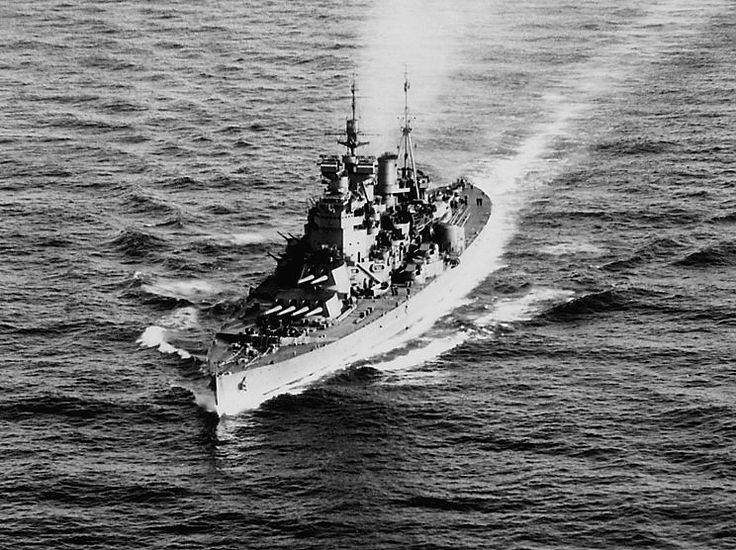
I emphasize that this concerned only the class of battleships. As can be seen from the history of that war, cruisers and destroyers still staged battles, in intensity exceeding anything that happened during the First World War. Fights between Japanese and American, British and Australian cruisers and destroyers - these were very intense events of that war.
And battleships went into the background, if not into the background, and were used very sporadically. Too expensive to lose, better to regret.
The exception here is the Americans. They used battleships during operations to clear the occupied territories by the Japanese as artillery support ships for landings. And this was sometimes even more profitable than air strikes, since it did not expose the pilots to air defense fire. The battleships started first, plowing through the Japanese defenses, and then the planes flew in and finished off what was left. A very reasonable tactic aimed at minimizing losses.
In general, the class of battleships, regardless of the power of the main caliber guns, turned out to be beautiful and formidable ships in peacetime, really capable of exerting political pressure on the situation in a particular area of the world.
The same Tirpitz attracted the attention and forces of the British army and navy by its very existence. And the British “exhaled” only when they finally finished off the battleship, which had not fired a single shot at enemy ships throughout the war.
The growth of the main caliber of battleships could not prevent the decline in the usefulness of these ships and eventually led to the disappearance of the class as a whole.
But you must admit that the ships were simply gorgeous in their beauty. But is the unfolding artillery arms race worth it and should we be grateful to Sir Winston for organizing all this?
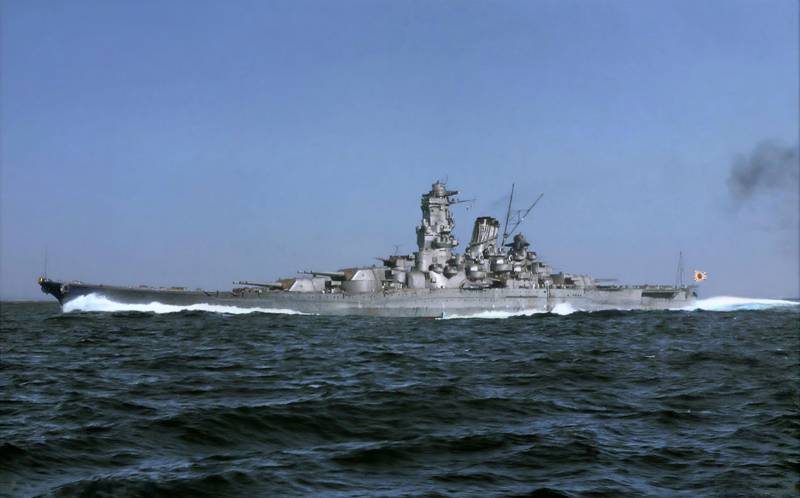
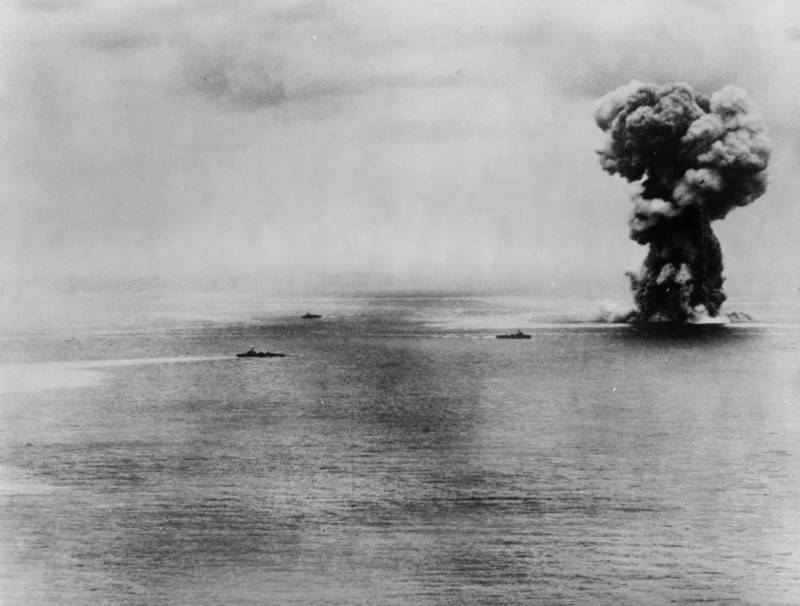
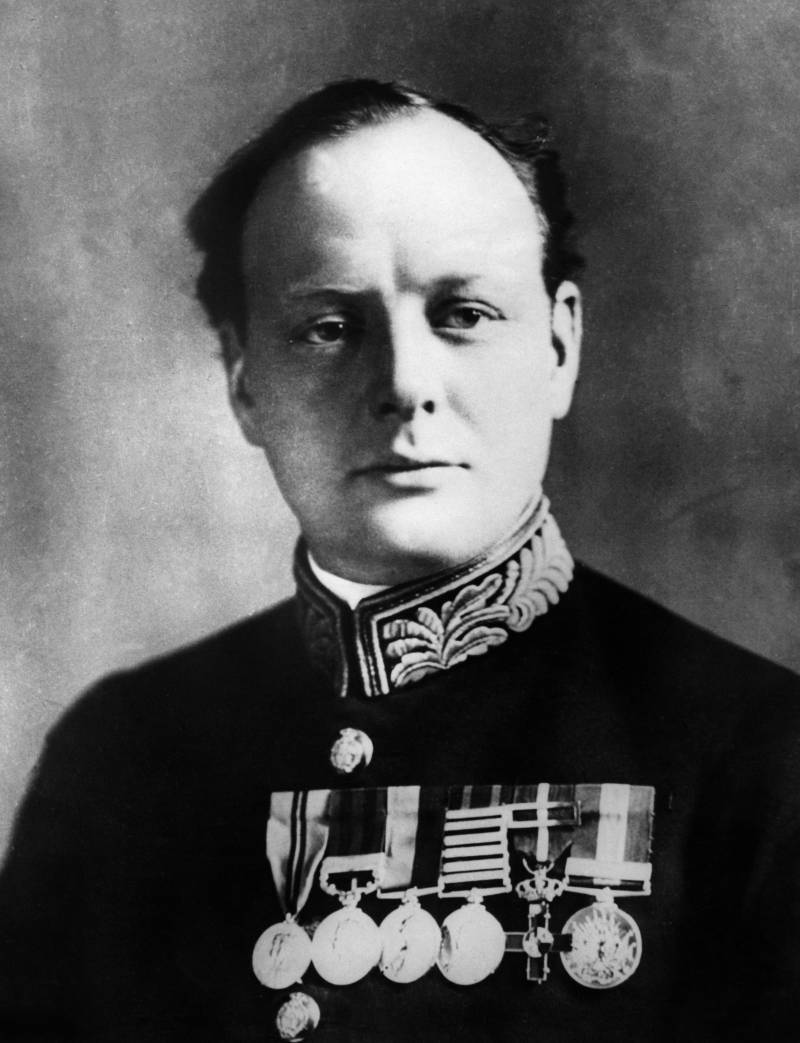
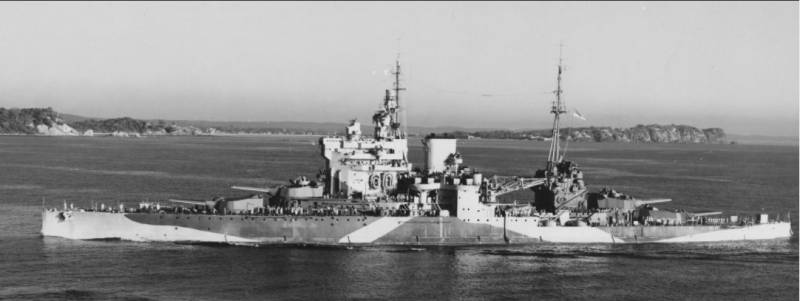
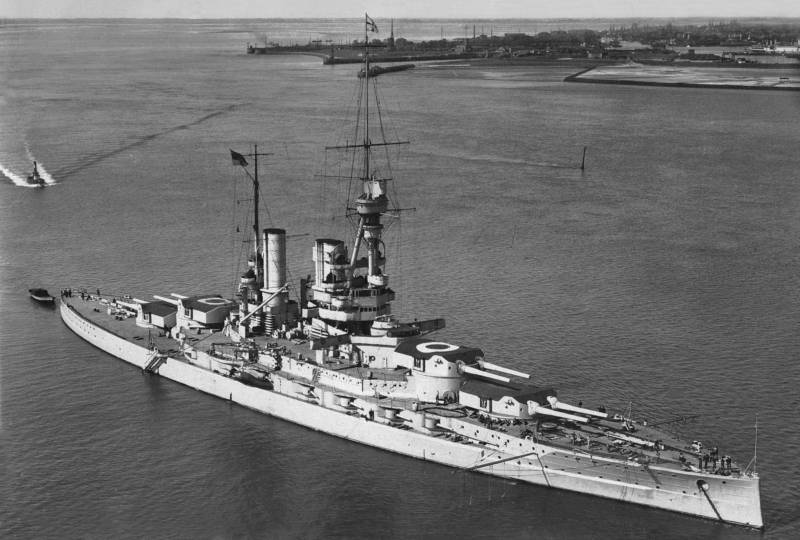

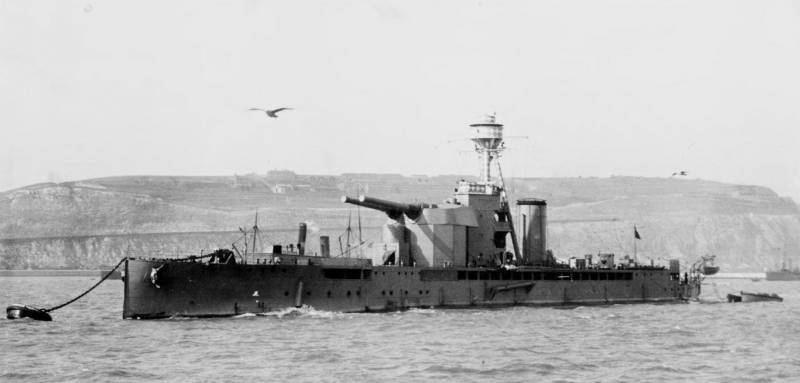
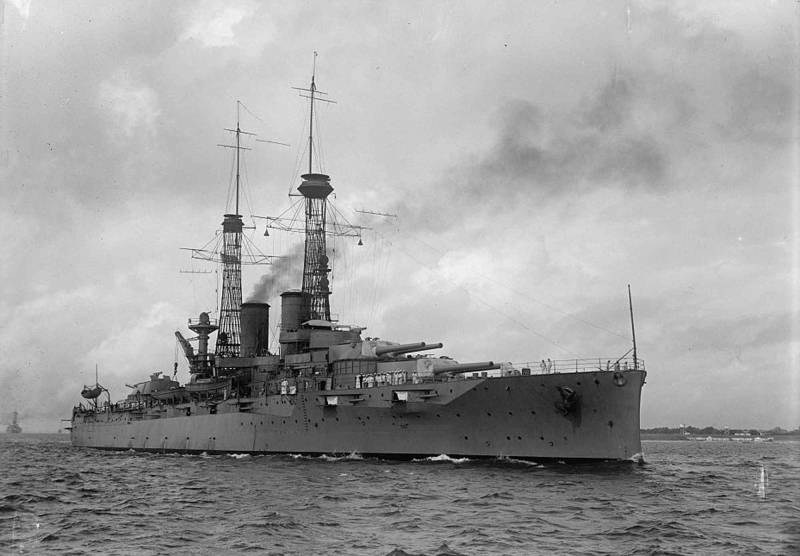
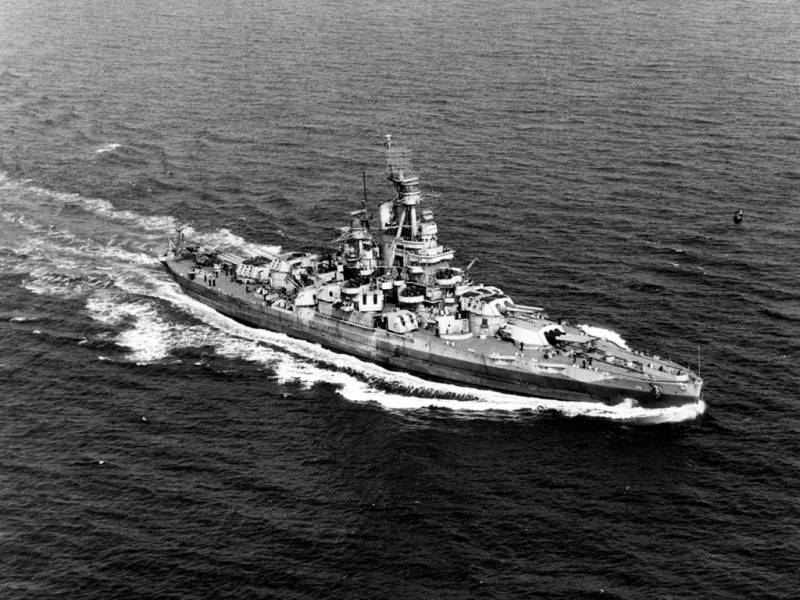
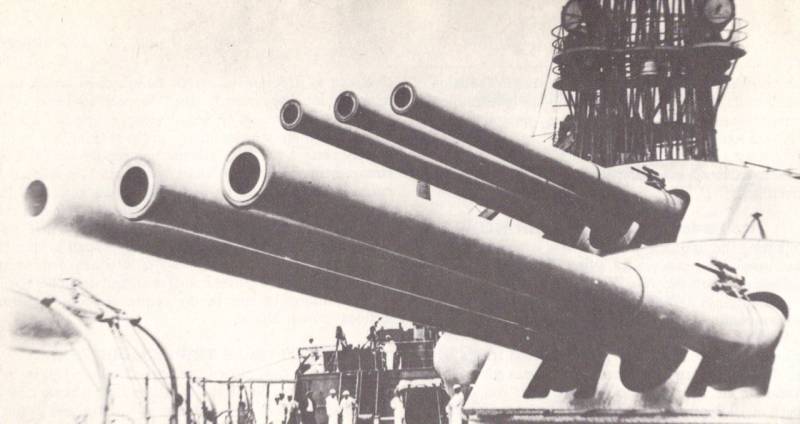
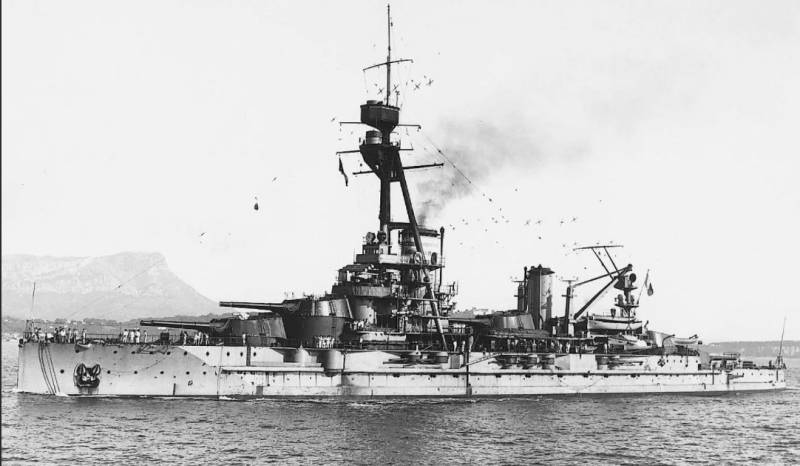
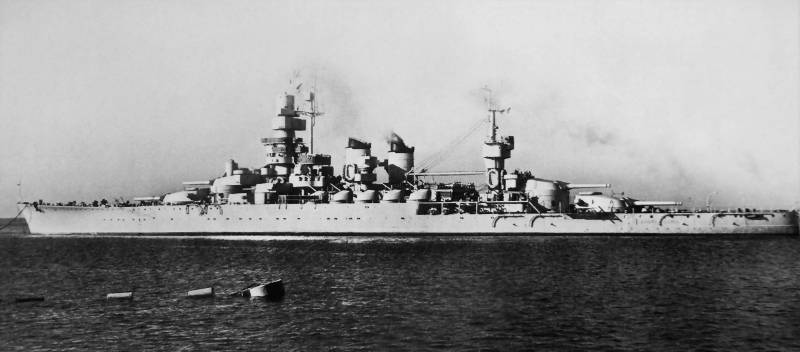
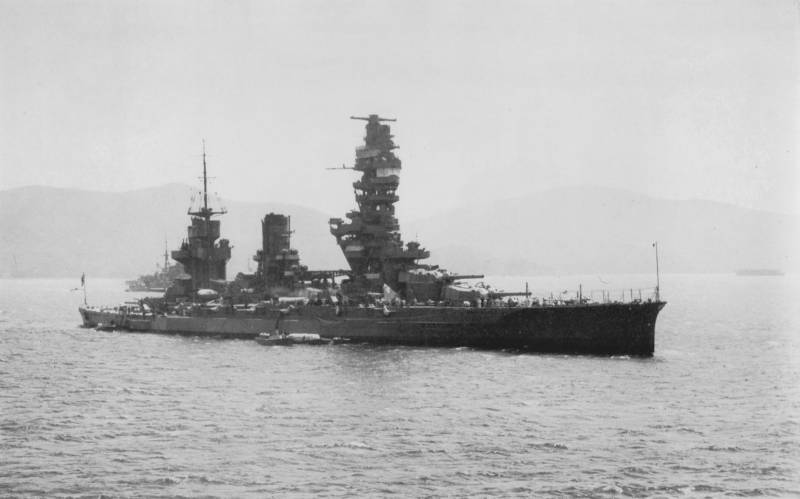
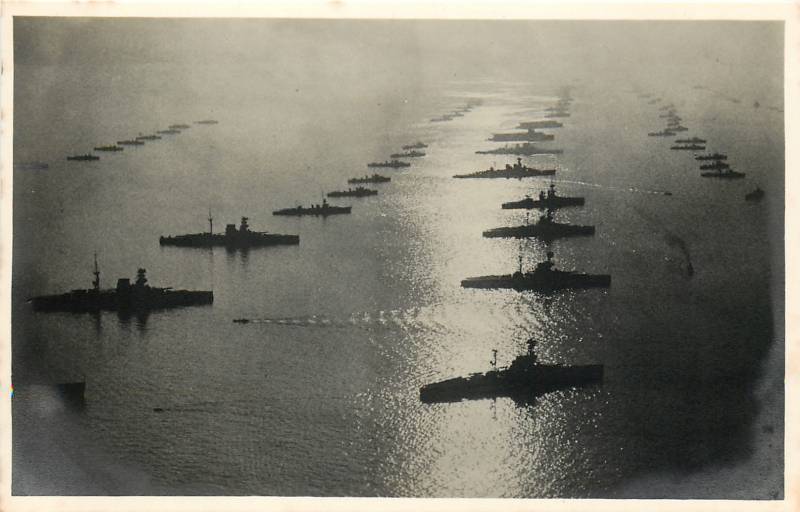
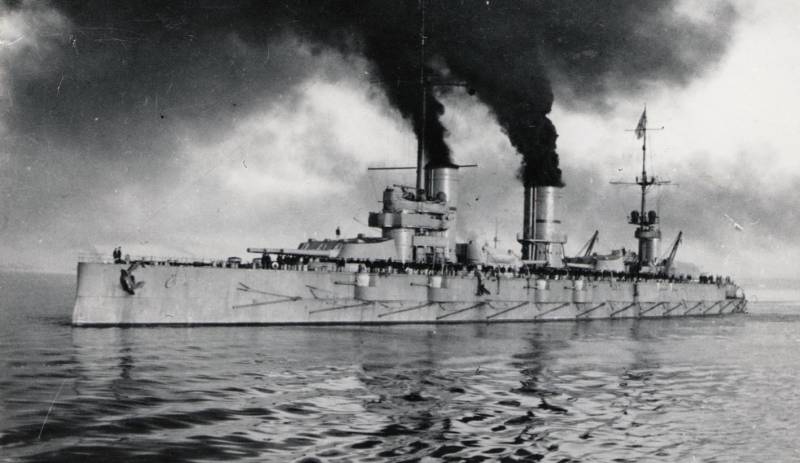
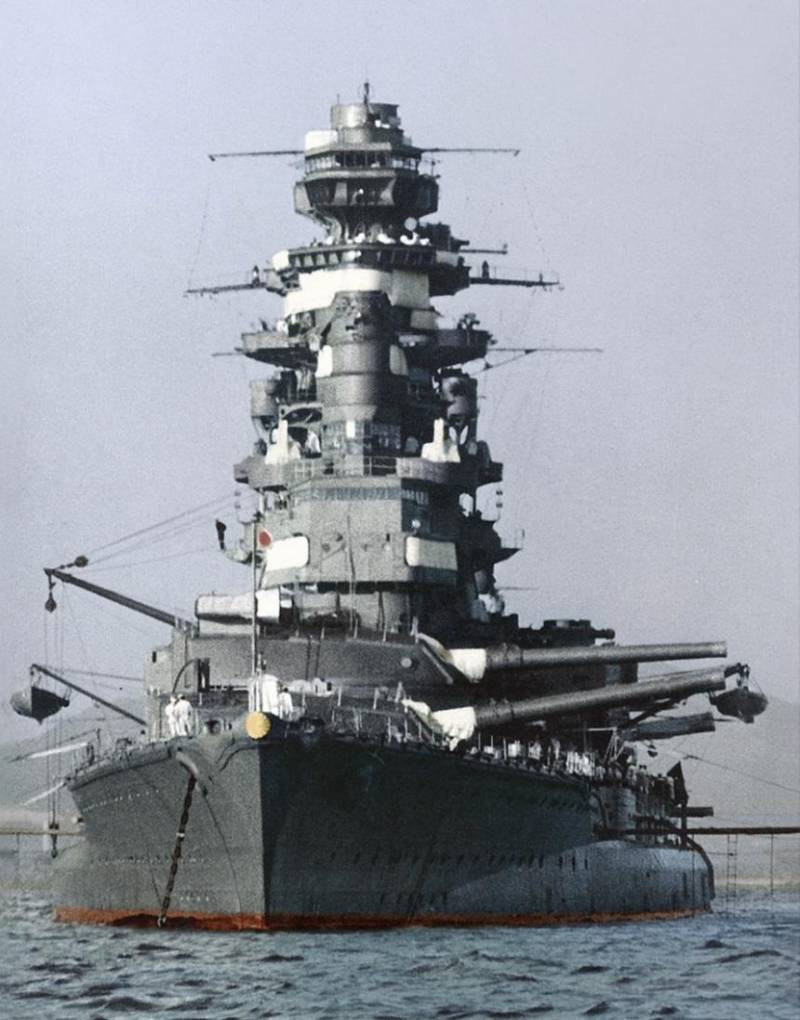

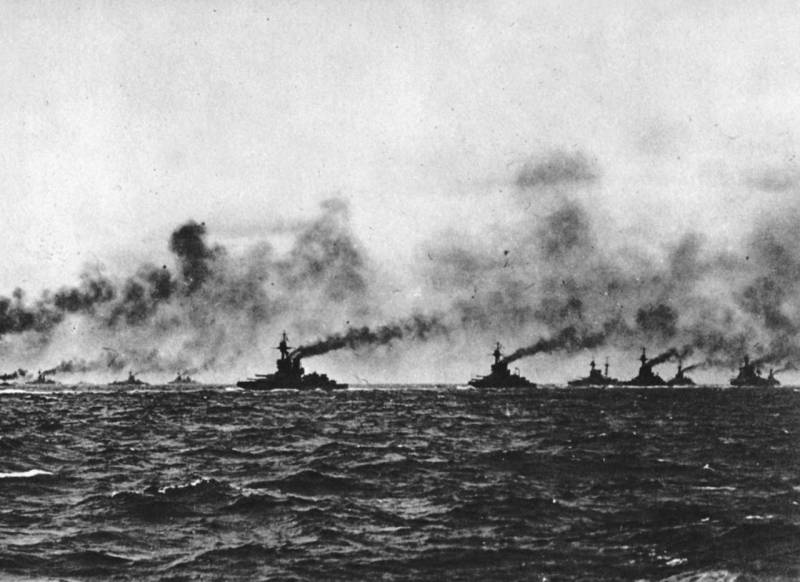
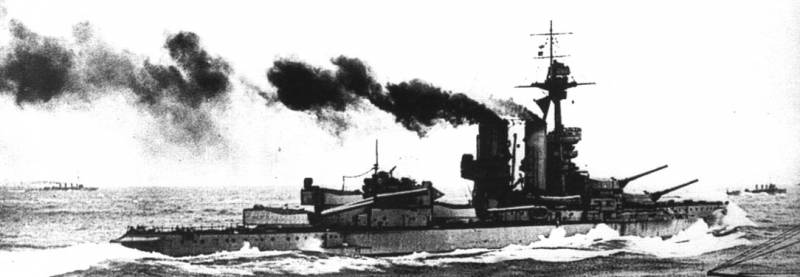
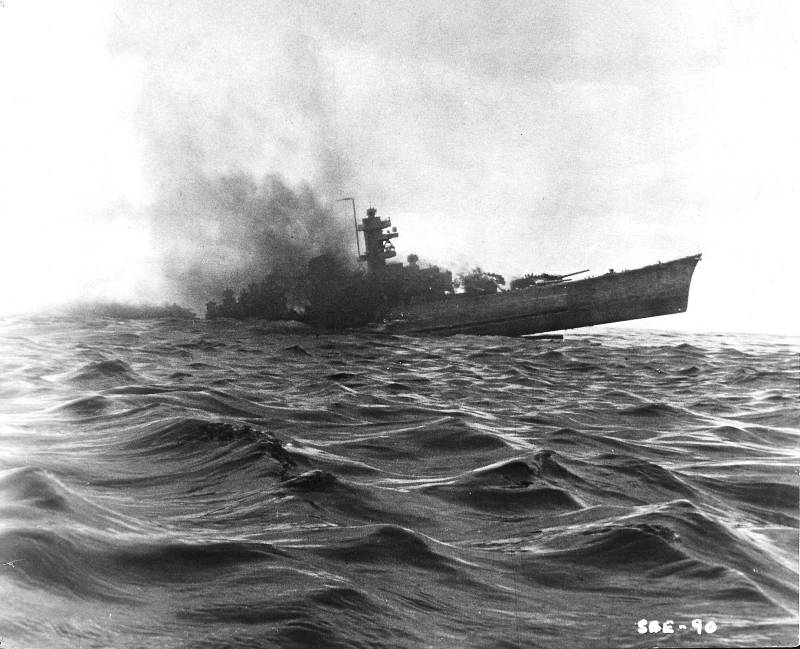
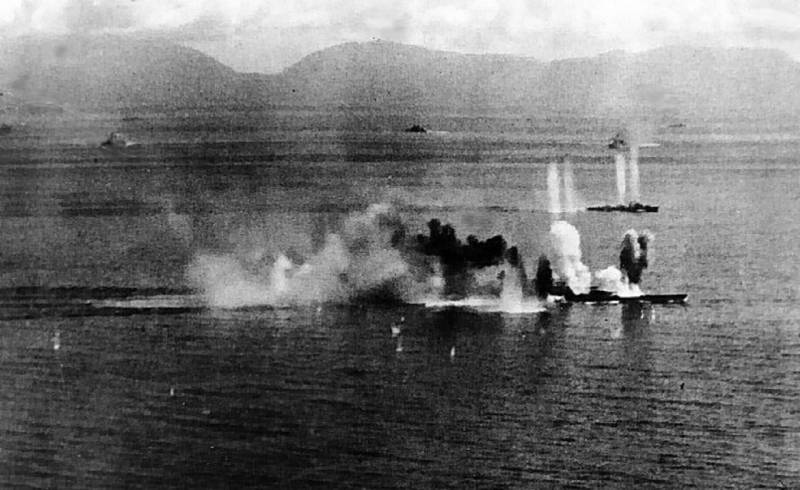
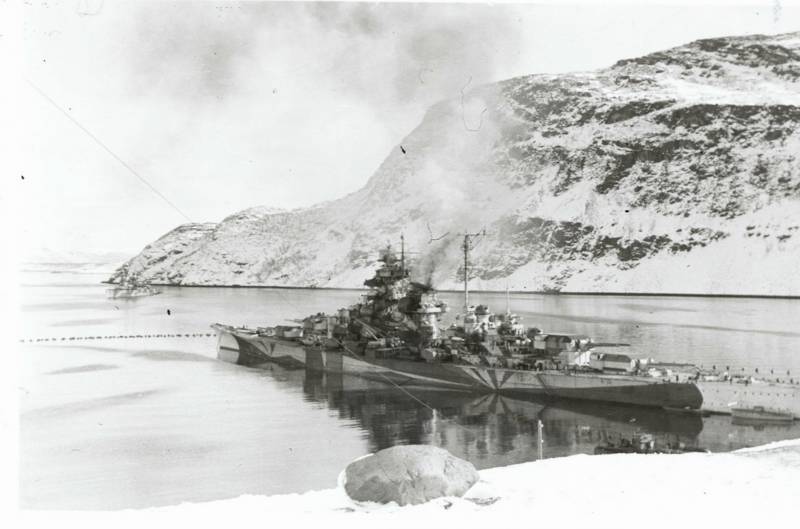
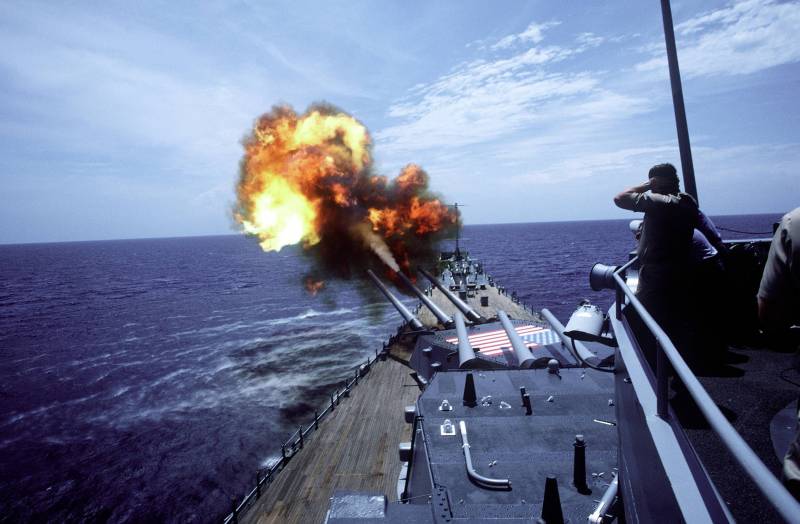
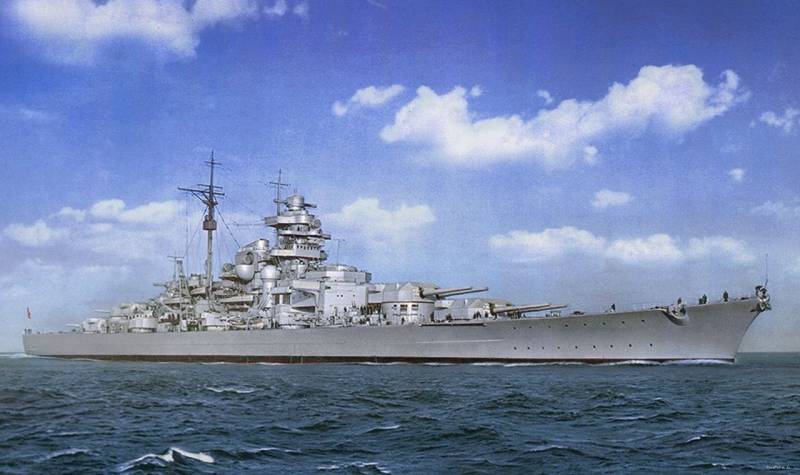
Information